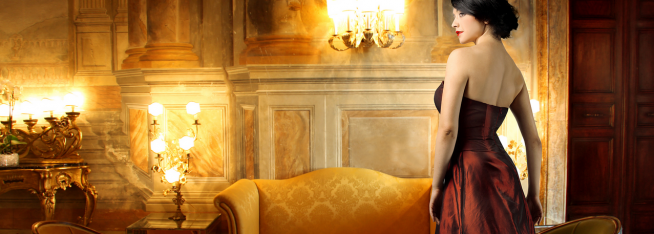We all know the four P’s of traditional marketing: product, price, promotion and place. Of course, the four P’s still hold true, but they come second to a much more imperative agenda.
Here’s a closer look at each of them and why they’re important.
1. Experience
During and post-recession, affluent consumers didn’t significantly curb their spending, according to The New York Times. While it’s true that luxury consumers are still buying, they’re also becoming more selective about where they spend. Now, the luxury consumer’s purchase decision boils down to a single, simple question: Is it worth it? The best way luxury brands can tip the scales in their favor is to provide unique, compelling experiences.
Burberry just reported that by switching the majority of its marketing budget to digital experiences, it enjoyed a 29% increase in revenue. And the Cayman Island property of my company’s own client, Ritz-Carlton, quickly became the most exclusive private residence in the Caribbean on the heels of its experiential transmedia campaign. The experience a luxury brand provides is a product unto itself; therefore, that brand must devote as much quality to the experience as to the wares it sells.
2. Exclusivity

The traditional marketing paradigm treats exclusivity as secondary, as a derivative of the second P: price. But to luxury brands, exclusivity is far too dear to be viewed so casually. Exclusivity has forever been a linchpin in luxury brand success, and in this increasingly democratic digital world, no aspect of luxury marketing has been more vehemently protected.
But digital marketing does not inherently mean exposing a luxury brand’s exclusivity to risk. In fact, digital marketing offers perhaps the most elegant opportunity to control and enhance a brand’s exclusivity. It’s what I call “prestige technology.”
From the St. Regis E-Butler app to Chanel’s interactive, gamified Culture microsite, high-tech marketing makes luxury brands appear cutting-edge — a coveted position that leads directly to exclusivity.
3. Engagement

No matter what, engagement relies on one thing: story. Whether a branded video, a website experience or a simple Facebook post, engaging content implies a story — a narrative with a beginning, middle and end. A narrative that makes a participant feel something.
Take Tom Ford’s story, for example: He’s an ordinary man who dislikes being common. He knows it’s his unalienable masculine destiny to achieve, so he chases his destiny. He struggles, but arrives, and in doing so, discovers that true achievement is as much about quiet confidence as it is about wielding great power. Thus, Tom Ford is the label for a triumphant, sexy man who knows that announcing his triumph is best accomplished with many celebratory whispers. Have a look at Tom Ford’s marketing elements and you’ll see, they all tell a story of triumphant masculine destiny.
When it comes to luxury brands, engagement is synonymous with story, and story sells. Tiffany & Co. reported a 20% uptick in sales after the public and press alike lauded the company’s What Makes Love True microsite and Engagement Ring Finder mobile app, two digital marketing elements that communicate Tiffany’s powerful brand story about realizing true love.
In today’s luxury marketplace, convincing consumers to buy isn’t enough. Convincing them to join a brand on a journey is the key, and that’s what stories do.
4. Emotion
The first three E’s combine to form the fourth and final imperative element of luxury marketing: emotion. Without the deliberate, appropriate application of one key emotion among its customers, long-term luxury brand success cannot exist.
The reason is simple. Luxury brands cater to a consumer that can buy almost any material thing he or she wants. A luxury brand’s physical product, therefore, is secondary. Like an experience, an exclusive insider’s view or an engaging story, a particular emotion is what luxury consumers are really after.
Consumers are loyal to Burberry because they want to feel “authentic” and “timeless.” They stay at the Ritz-Carlton to feel “august.” They buy Tom Ford to feel “triumphant.” They frequent Tiffany’s to feel “love.”
Luxury brands must embrace the fact that their primary products are actually elusive and ephemeral feelings, and that their physical products are mere mediums through which consumers achieve those feelings. Therefore, a luxury brand must determine its emotional value first, and construct its physical and digital manifestations to express and extract that specific emotion.
via Mashable













